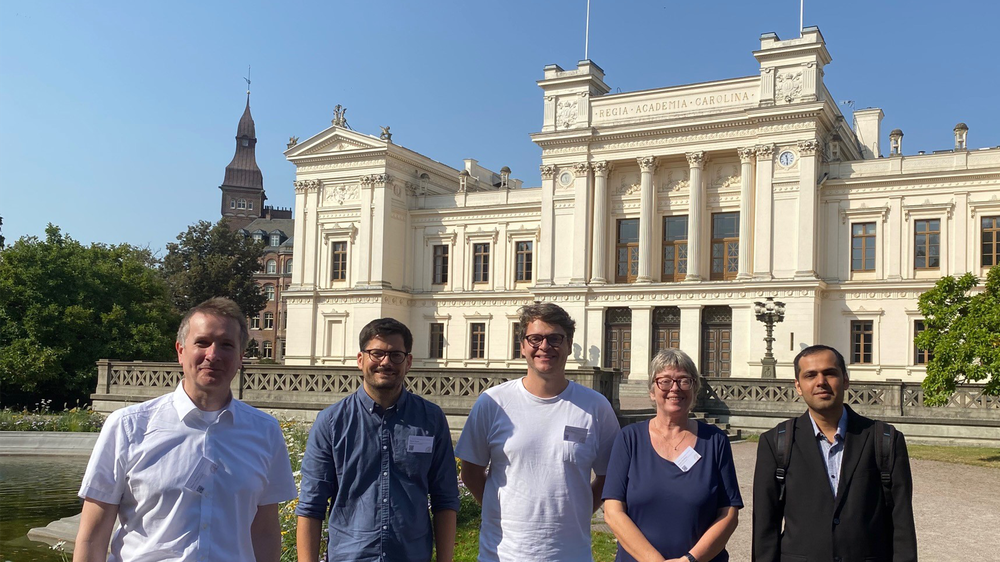Research Contributions on Innovations in the Transport System at EWGT 2024

- Digital mobility platforms
- CO2 benchmarking of airports
- The impact of reduced rail travel times on air traffic demand
EWGT 2024 in Lund
The DLR Institute of Air Transport participated in the 26th Euro Working Group on Transportation (EWGT), held from 4th to 6th September 2024 in Lund, Sweden. This year’s conference, organised by the Transport and Roads Division of Lund University, brought together leading experts from various fields of transport and logistics. It served as a platform for the exchange of transport research and innovative developments.
Digital mobility platforms and their impact
At EWGT 2024, the DLR institute presented findings from the project "Connected Mobility for More Livable Spaces" (VMo4Orte). The presentation titled "Digital platforms, multimodal transport, and super apps"1 explored how digital mobility platforms are increasingly integrating various services — even from other sectors — resulting in the emergence of so-called "super apps." This development is significantly transforming how mobility services are accessed and managed. The research highlights how these platforms not only improve access to mobility services but also extend into other areas of life, such as shopping and healthcare.
CO2 benchmarking of airports: Approaches to achieving CO2 emission goals
Another presentation focused on the paper "A Framework for the Environmental Benchmarking of Airports Focusing on Achieving CO2 Neutrality."2 This study addressed the goal of making airport CO₂ emissions comparable, assessable, and reducible. It proposed a system for categorising and evaluating emission reduction measures, identifying economic tools to help implement CO₂ reduction targets. The aim was also to support airports in achieving their CO₂ emission goals and systematically improve their environmental performance.
Impact of reduced rail travel times on air traffic demand
The third paper, titled "The Impact of Reduced Railway Travel Time on Air Passenger Numbers: A Synthetic Control Group Approach,"3 examined the effect of a new high-speed rail line between Berlin and Munich, which reduced travel time from six to four hours in 2017, on the modal shift from air to rail transport. Contrary to expectations, this did not significantly affect the total number of air passengers, although the number of low-cost carrier (LCC) passengers increased by over 128%. This suggests that lower airfares from LCCs compensated for the lost time advantage of air travel. The findings indicate that investments in rail infrastructure do not always trigger the anticipated modal shift.
1 M. Hasselwander (DLR Institute of Transport Research), K. Lütjens (DLR Institute of Air Transport), B. Scheier (DLR Institute of Transportation Systems), B. Frieske (DLR Institute of Vehicle Concepts), D. Ennen, J. Scheelhaase, S. Kumar, and S. Maertens (DLR Institute of Air Transport),“Digital platforms, multimodal transport, and super apps,“ 26th Euro Working Group on Transportation Meeting (EWGT 2024) 2024, Lund, Sweden.
2 S. Kumar and J. Scheelhaase (DLR Institute of Air Transport), “A Framework for the Environmental Benchmarking of Airports Focusing on Achieving CO2 Neutrality,” 26th Euro Working Group on Transportation Meeting (EWGT 2024) 2024, Lund, Sweden.
3 F. Wozny (DLR Institute of Air Transport), “The Impact of Reduced Railway Travel Time on Air Passenger Numbers: A Synthetic Control Group Approach,” 26th Euro Working Group on Transportation Meeting (EWGT 2024) 2024, Lund, Sweden.
